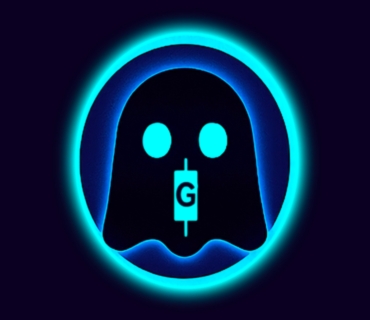What Is a Gas Fee?
A gas fee is the cost paid to perform a transaction or execute a smart contract on a blockchain network. It compensates the validators or miners who process and confirm transactions.
Think of it like a network transaction fee — similar to paying postage when you send mail or fuel when you drive a car. The gas fee ensures your transaction is included in the next block and keeps the blockchain running securely and efficiently.
Why Gas Fees Exist
Blockchains like Ethereum, Flare, XDC, and Stellar rely on decentralized networks of computers (nodes) to validate and record transactions. Since these participants use their computing resources to maintain the network, they earn rewards in the form of gas fees.
Without fees, networks would become vulnerable to spam and abuse — users could flood the system with fake transactions. Gas creates a natural limit that ensures only legitimate, valuable activity takes place.
How Gas Fees Work
When you submit a transaction — like sending crypto, minting an NFT, or interacting with a DeFi protocol — the network measures how much computational effort it requires. Each operation on the blockchain costs a certain amount of gas units, depending on how complex it is.
You then pay for those gas units using the blockchain’s native token (for example, ETH on Ethereum, FLR on Flare, or HBAR on Hedera).
Formula:
-
Gas Units: The amount of computation needed.
-
Gas Price: The cost per unit, determined by network demand.
When the network is busy, gas prices rise; when traffic is low, they fall.
Example of a Gas Fee
If you send a simple transfer on Ethereum that uses 21,000 gas units, and the gas price is 20 gwei (a fraction of ETH), then:
If 1 ETH = $3,000, your transaction costs $1.26 in gas fees.
However, if the network is congested and the gas price rises to 100 gwei, the same transaction could cost $6.30 instead.
Gas Fees in Different Blockchains
Each blockchain calculates and manages gas differently:
-
Ethereum (ETH): Uses gas fees for all transactions and smart contracts; fees fluctuate heavily with network traffic.
-
Flare Network (FLR): Uses a more efficient fee model tied to real-time oracle data and low congestion.
-
XDC Network: Designed for enterprise use, offering extremely low fees (often less than a cent).
-
Hedera (HBAR): Uses a predictable fee schedule based on network resources, not congestion.
-
Stellar (XLM): Charges micro-fees to prevent spam while maintaining near-zero transaction costs.
These innovations aim to make transactions affordable and predictable, which is essential for global adoption.
The Role of Gas in Smart Contracts
When a smart contract executes, every operation — from reading data to transferring tokens — consumes gas.
Complex contracts, such as DeFi swaps or NFT mints, can require far more gas than a simple transfer.
Users can also choose to pay a higher gas fee to get faster confirmation, as miners and validators usually prioritize transactions that offer higher rewards.
The Ethereum “London Hard Fork” and EIP-1559
In August 2021, Ethereum introduced a major upgrade called EIP-1559, which changed how gas fees are calculated.
Instead of sending all gas fees to miners, each transaction now includes a base fee (burned or destroyed) and an optional tip (sent to miners).
This improved transparency and helped stabilize gas prices, while also introducing a deflationary effect on Ethereum’s supply.
Why Gas Fees Matter
Gas fees serve three critical purposes in any blockchain ecosystem:
-
Security: Prevent spam and denial-of-service attacks.
-
Fairness: Reward validators for maintaining the network.
-
Efficiency: Prioritize transactions based on demand and urgency.
Without gas fees, decentralized networks could not operate sustainably or securely.
How to Reduce Gas Fees
-
Use off-peak hours: Transaction costs drop when network activity is lower.
-
Use Layer 2 networks: Platforms like Polygon, Arbitrum, and Lightning Network process transactions off-chain for pennies.
-
Batch transactions: Combine multiple actions into one transaction.
-
Choose efficient chains: Networks like XDC, Stellar, or Hedera offer consistently low fees.
Summary
A gas fee is the payment users make to process and confirm their blockchain transactions. It keeps decentralized networks honest, secure, and efficient by rewarding validators for their work.
Gas is a small but vital part of blockchain economics — the invisible fuel that powers decentralized finance, NFTs, smart contracts, and digital payments across the world.



Add comment
You must be logged in to post a comment.